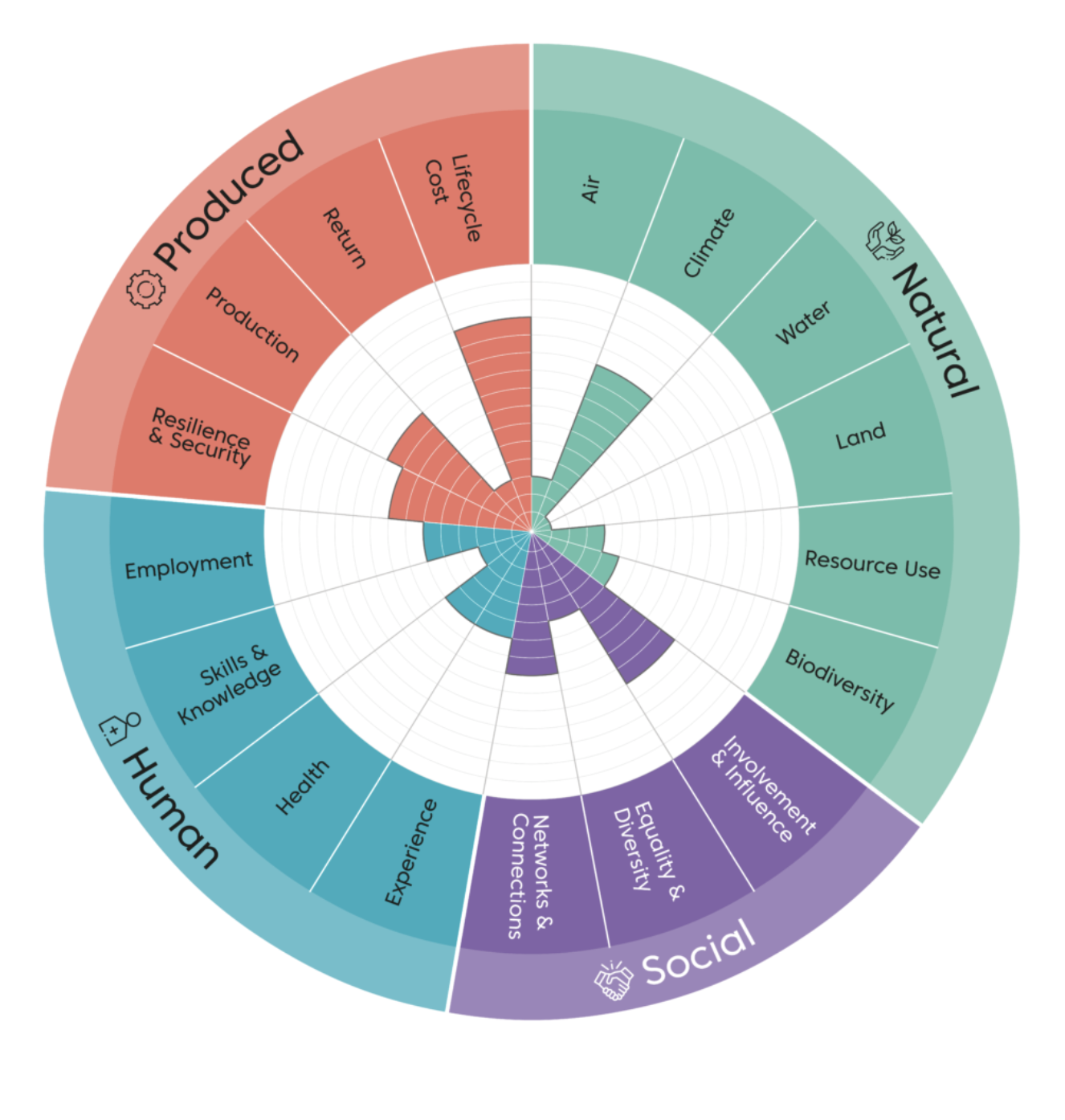The new Social Value Toolkit in play at DurhamGate Custody Suite, Spennymoor

Vision for Value North East Construction Summit 2022 – Follow-Up
At the CENE conference in November, industry collaboration was illustrated by an example from Dr Oliver Jones from Ryder Architects who described, alongside Michelle March, Durham Constabulary’s Head of Estate, the new Social Value Toolkit they had implemented alongside the design of their new-build, 48-cell custody suite at DurhamGate, a new retail/light industrial park near Spennymoor. Rather than use excel spreadsheet-based systems like TOMMS to calculate social value, which are based largely on the contractor’s efforts during the build process and can sometimes make it hard to differentiate between prospective contractors, they used a new, government-backed scheme developed by The Construction Innovation Hub incorporating contributions from over 200 experts from across industry and government. The Value Toolkit promises to deliver “laser-like focus” on project outcomes which deliver value throughout the entire life cycle of the building, and in doing so to positively affect communities and those who live in them for decades to come.
A few characteristics from the introduction on the BSI website:
- It provides a clear, modern approach to how value in the built environment can be defined, created, delivered and measured to drive better social, environmental and economic outcomes
- It provides a framework within which clients can explore their required outcomes
- It creates an ongoing up-to-date reference point so that organisations are able to benchmark and develop their operations

But how does all this translate into a construction project? Before designing the project, Jones set up a team of authorised decision makers from the client side, and assessed the desired outcome in terms of natural capital, human capital and social capital. “Methodology is key”, said Jones, in finding out what the main priorities for the building’s end users are and then choosing a ‘top five’ to spend the available budget on. In this case, the top five included improving air quality in the holding cells (partly achieved by installing shoe lockers to keep the air smell-free) and creating garden space for stressed staff to take a break from their emotionally demanding roles. They requested a reworking of the charge desk experience which can often feel intrusive and distressing, and which Ryder Architects transformed with a bespoke multi-user desk encircled by private interview booths.
This sounds fantastic – we can understand why an architect might want to gather as much information as possible from the building users themselves at brief stage. Having the opportunity to identify priorities in a group discussion will lead to a more satisfying design and end result, with the bonus that the stakeholders aware of inevitable limitations ahead of time. However, looking at it from the construction end, our concern would be that as with other social value measurement tools, many otherwise capable SME’s won’t have the administration time available to access the opportunities afforded by this scheme, given the complexities we already face throughout the bidding process.
The Northern Echo has recently published further details of how the project has exceeded Police Commissioner Joy Allen’s initial target of £6M social value for the scheme, now totted up to £10M with a further £8M in spend with local suppliers, which would indicate that this collaborative approach is having a huge positive impact. Durham-based subcontractor MGL Group have made commendable contributions to this – interestingly, in keeping with the value toolkit’s aims of assigning responsibility for the whole lifecycle of a development, they have “allocated a trainee quantity surveyor for the lifespan of the development” and assigned a General Construction Operative (GCO) apprentices to the project. They also attended career events, mock interviews and supported local charities, completing over 150 hours of volunteering for local charities.
“It is a value-based add-on to existing project management processes, rather than another system to learn and invest in.”
As an SME who has invested in TOMMS training for our bids team, we are particularly interested in this aspect – one of the glass ceilings we encounter again and again is the proportionally high cost of completing accessing frameworks, so anything that could simplify how we communicate our social value offering to procurement teams whilst also encouraging collaboration and creative thinking would be an attractive proposition.
Given the value that built projects can embody to society, not to mention the enormous costs if they are not well designed or built to last, the renewed focus on the user experience and the whole lifespan of a development seems entirely appropriate, if only we can also ensure it is an efficient process for all parties. We certainly need to avoid sleepwalking into a situation where an organisation’s value is only measured by a series of tedious, tick-box accreditation schemes.
